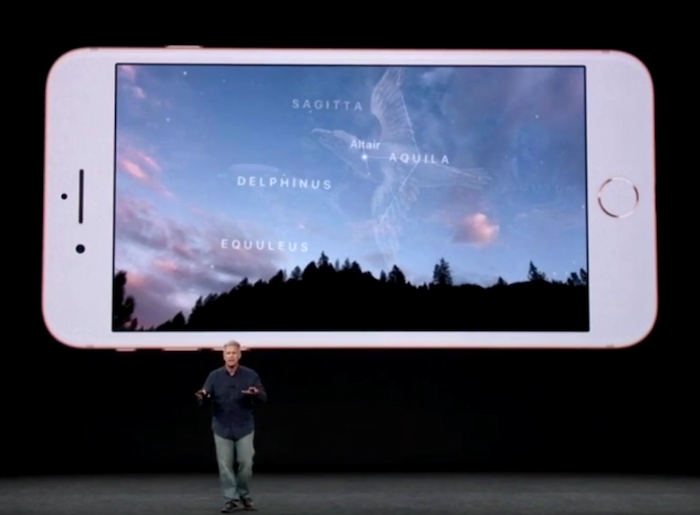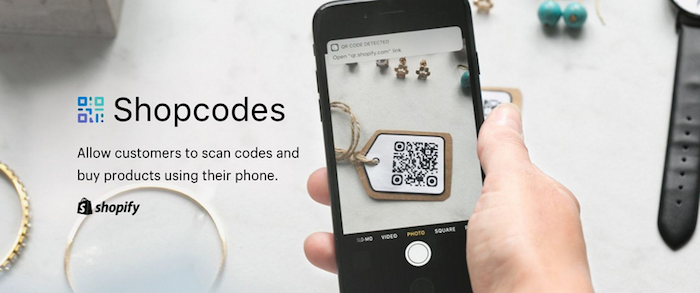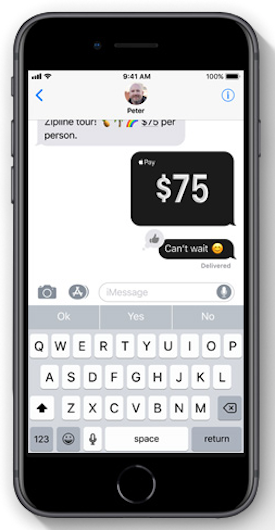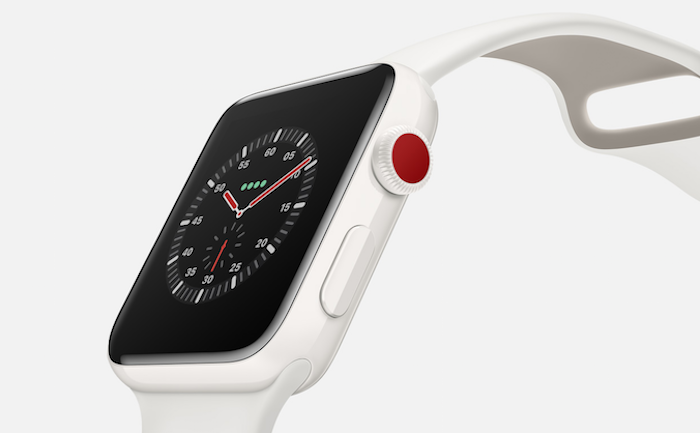Latest Apple Announcements Portend New Era for Ecommerce
In the days following the Apple 2017 Event, the FaceID and Aniemoji technologies have captured headlines. And we agree. The debuts merit their fanfare. Yet for those of us in ecommerce, we swooned over other product news. Ten years after the first iPhone transformed commerce (and much else!), these Apple announcements have us planning the next decade in online retail.
Related: How Online Stores Use A.I. to Sell
Apple Embeds Augmented Reality into iPhone
So far, we’ve seen occasional flares of augmented reality in our daily lives. For instance, 2016 brought us the Summer of Pokémon. But now, just as Apple put a camera in everyone’s pocket 10 years ago, we’ll all be primed for augmented reality. The iPhone 8 launches the AR capabilities, and the iPhone X enhances them.
Augmented reality allows retailers to place virtual products in front of customers right where they are. Let’s say you’re a sofa manufacturer. Until now, customers can’t get a great sense of what your sofa will look like in their homes until it has physically arrived. This may give them hesitation to buy. It can also result in product returns.
With Apple’s augmented reality tech, this changes. Now a potential customer will be able to stand in his living room, look through his iPhone camera to the space he’s considering for your sofa, and bring one of your virtual sofas into the space to see how it will look. The tech also lets customers view your sofa in 360 degrees.

At the Apple Event, Philip Schiller, Apple’s SVP of Worldwide Marketing, said the technology comes after of years of advancement in the company’s hardware and software, including a new A11 Bionic chip. He gave the tech stats, but he wowed with the examples.
In one case, he showed the phone’s video arching through the sky at dusk. As it scanned the sky, the names of all the stars appeared on screen. “This isn’t some generic sky,” Schiller said, “this is the sky around you.”
That’s what is so impressive. Augmented reality doesn’t show us “any” reality; it shows us new things within our own reality. Take a quick look at this video demonstration, starting at minute 2:56, from an Apple enthusiast. In it, he opens a game app, and its characters “land” on the table right in front of him. Super cool.
Last week IKEA debuted the IKEA Place app for the new iPhone, and it soon had technology reporters placing their furniture all about, including on the NYC subway platform. Perhaps on the subway–perhaps not–Tobi Lütke, the founder and CEO of Shopify, called this technology the “future of furniture retail.”
QR Codes See a Brand New Day
This is overdue, but it’s here now: iOS11, the Apple operating system available as of September 19th, allows any iPhone camera to scan QR codes. Yes, this is for the iPhones coming up, as well as the one you may be reading on now.
QR codes currently tend to be tedious and clumsy. Users have to open a QR Code scanner app, scan the code, and follow the prompts (typically through Safari) to a website. There are lots of steps, and the experience isn’t interesting enough to keep walking. As a result, QR codes were going the way of DVDs and GeoCities–until Apple stepped in.
Further evidence that this is a big deal: developers at Shopify just launched Shopcodes. Shopcodes allows merchants to create QR codes from their Shopify store. (You’ve got to be on Shopify to use this new feature. And here are several other reasons why you want to be on it.)

Once a Shopcode is generated within Shopify, it can go anywhere. For example, a pet food retailer could print Shopcodes on their cans of food. When the pet owner needs to reorder food, she simply scans the code on the can with her iPhone. The code can then direct her right to the re-order page. This becomes insanely easy when the customer uses Shopify Pay.
Another compelling scenario for Shopcodes is omnichannel retail. Since a code can be made from any product in your store and placed anywhere, it can bridge brick and mortar and online sales.
Imagine you’re a clothing retailer. You display a Shopcode decal next to a winter coat in your physical store window. Now, as customers walk by, they can scan the code and learn all about the coat. Or better yet, the code directs them right to checkout for the coat. There could also be a promotion for the coat in the window: Scan and save 10%!
Apple Pay Meets Messenger and FaceID.

We share the next Apple announcements with this underlying idea: these updates make ecommerce easier. Much like Magento described the “Uberification of ecommerce”, these new technologies will influence customer expectations. All online retailers stand to benefit if they grasp the changes.
Here’s what it looks like for Apple Pay. Starting with iOS 11, available now, people will be able to pay one other via Messenger, the iPhone text message app. (Venmo influence = noted.)
Given the dominance of iPhones, mobile peer-to-peer payments are nearly certain to grow. Everyone will be able to instantly send someone else money using the phone in her pocket. Folding Apple Pay into Messenger simply makes buying easier.
For instance, let’s say a group of friends want to all chip in to buy a wedding gift for one of their buddies. Now one person can make the big purchase and get instantly reimbursed from everyone else via Apple Pay texts. We believe it’s a good thing when money can move with less friction, and that is exactly what happens with this development.
Also, when the new phones come out, you’ll be able to open Apple Pay directly with two quick pushes of a button on the right side of the phone. And Apple Pay will use FaceID for verification. We’ll place our bets that FaceID will be as easy to use as Apple promises, and make payments seamless.
The Apple Watch Gets Connected

The final Apple update we want to address for ecommerce is the fact that the Apple Watch Series 3 can now connect via celluar networks. (By the way, the red dot on the side makes this kind of connection possible.)
Previously, Apple Watch wearers had to keep their iPhone nearby to operate the watch’s functions wirelessly through the phone. Now Watchers can go anywhere untethered. As Apple describes it, “Answer a call from your surfboard.” (They GET us, right?)
Apple Watch’s celluar connectivity will look a lot like it does for the iPad. You’ll be able to do everything via wifi, but if you wander out of wifi range, you won’t be able to access it fully without a celluar data plan.
Apple has crafted its latest watch for athletic types–and those who long to be. The watch is all about movement. With this in mind, we’re predicting ecommerce on the wrist. As the watch opens up more usability wherever people go, in time we’ll want that to include buying things we want or need.
Of course, it will be tough to browse on the small watch screen. As a result, we’re seeing the ecommerce potential in reorders. Perhaps a mother, wearing an Apple watch out and about, is prompted via text to restock a recent purchase of diapers. It’s going to be “tap and buy” from the wrist before too long. (Just imagine when the Apple Watch can read Shopcodes. Apple, are you listening?)
In conclusion, there are several features in Apple’s newest products that will change shopper expectations and ecommerce. Apple is stripping away the final, small hurdles that customers have to jump over to do what we want to do. The iPhone was already convenient, and now they’ve made it more so.
Let’s do the same for ecommerce.
